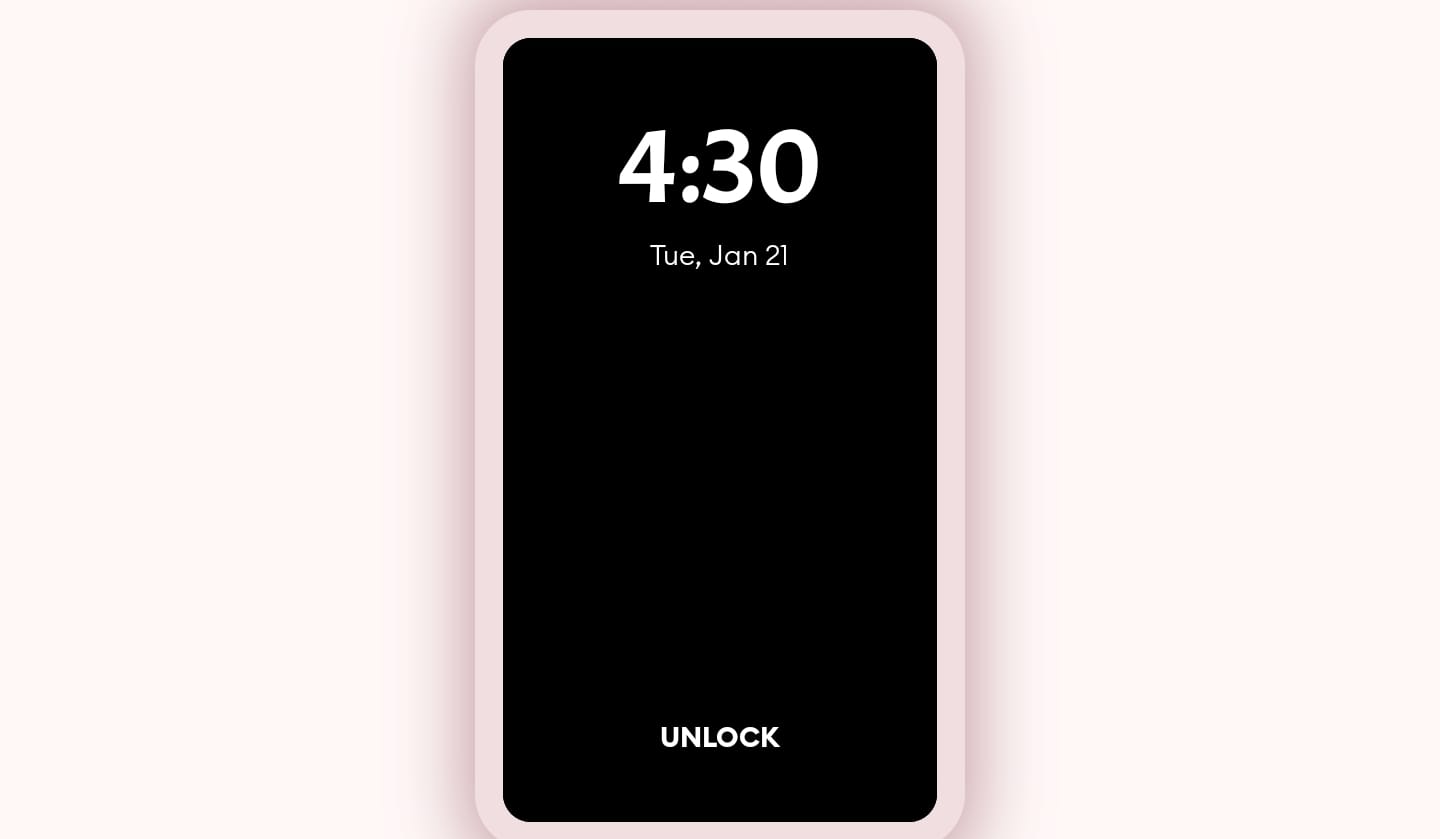The “black screen Mobile lock” problem is one of the biggest blasphemes of technological systems for gamers, developers, and even ordinary users trying to work on their devices. More or less, whatever you are working on, whether a desktop PC, a laptop, or even a smartphone, a black screen can be quite overwhelming to troubleshoot. Now, luckily, 2025 has come with new, creative solutions and practical tips that show one, two, and even more ways to overcome this problem efficiently.
- Leverage AI-Based Diagnosis
The new operating systems with AI-based diagnosis tools can identify and resolve hardware or software issues leading to a black screen. For example, tools like Windows Copilot and MacOS AI Assist in 2025 will analyze logs, identify driver conflicts, and give actionable recommendations.
Pro Tip: Turn on real-time system diagnostics in your device settings to receive instant alerts of potential issues before they become big problems.
- Quick Fix: External Display Troubleshooting
The simplest way to diagnose a black screen problem is by attaching your device to an external monitor. If the external display works, then the problem probably lies with your primary display or internal connections.
New in 2025: USB-C-enabled monitors now come with integrated diagnostic software that can detect and suggest fixes for hardware or software-related screen issues when plugged in.
- Look for Adaptive Brightness Bugs
Adaptive brightness is a feature to save energy and improve user experience. It has been associated with black screen problems in many devices. The feature sometimes misinterprets environmental data, and the screen turns off completely.

Solution: Try disabling adaptive brightness in your settings temporarily to see if this resolves the issue.
- Updated BIOS/UEFI Firmware Tools
A corrupted BIOS or UEFI firmware can cause persistent black screen problems during startup. Modern motherboard manufacturers now include auto-recovery features that detect failed boot sequences and revert to a stable version.
2025 Advancement: Some devices allow you to update BIOS/UEFI firmware directly through your smartphone using NFC connectivity, streamlining recovery processes.
- Power Cycling with Modern Perks
The classic “turn it off and on again” method still works, but power cycling has evolved. In 2025, many devices come with automated safe-reset modes.
How it works: Press the power button for 20 seconds until your device runs a self-diagnostic and attempts a soft reset. For persistent issues, some models now have a dedicated hardware reset button.
- Cloud Backup and Recovery
Many users are concerned about losing data during troubleshooting. The latest advancements in cloud technology have made recovery safer and faster. Systems in 2025 often sync vital data automatically to the cloud, reducing the risk of losing important files.
Pro Tip: Ensure your cloud backup settings are configured to sync regularly, especially if you experience recurring issues.
- Check GPU and Display Drivers
The most common cause of black screens is outdated or incompatible GPU drivers. The good news? Driver updates have become smarter in 2025. Platforms like NVIDIA and AMD now use AI algorithms to push tailored updates based on your system configuration.
Quick Fix: Use the device’s safe mode to uninstall and reinstall your GPU drivers if the black screen issue persists.
- Avoid Overheating with Smart Cooling
Overheated GPUs or CPUs will also automatically trigger black screens from time to time. Cooling technology has really made huge leaps lately.
Tip: Buy thermal management tools or cooling pads that dynamically monitor and adjust system temperatures.
The “black screen” may still haunt tech users in 2025, but with these updated tricks and tools, you’re better equipped than ever to tackle the issue. From leveraging AI to keeping drivers up-to-date, these innovations are designed to make troubleshooting faster, easier, and more efficient. Remember, regular maintenance and proactive monitoring remain key to keeping your devices running smoothly.
